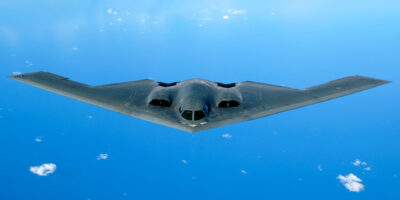Plane Flying Height in km
Plane Flying Height in km
Airplanes operate at various altitudes based on their purpose. Understanding the typical flying heights and the reasons behind these altitudes can offer a deeper appreciation for aviation.
Commercial Jetliners
Commercial jetliners, such as those used by major airlines for passenger travel, typically cruise at an altitude of about 10 to 12 kilometers (km) or 33,000 to 39,000 feet. This altitude is chosen to optimize fuel efficiency and passenger comfort.
Fuel Efficiency
Flying at higher altitudes reduces air resistance, also known as drag. Less drag means engines don’t have to work as hard, conserving fuel. The thin air at these altitudes, despite requiring engines to be more powerful, overall leads to more efficient flight.
Passenger Comfort
Higher altitudes tend to offer smoother flights. Turbulence is often less intense at cruising levels of around 10 to 12 km. Thus, passengers can enjoy a more comfortable journey. This height also places jets well above most weather systems and associated turbulence.
Private and Corporate Jets
Private and corporate jets also operate within this range, generally between 9 to 12 km (30,000 to 40,000 feet). However, some models are designed to fly even higher, reaching altitudes of around 13.7 km (45,000 feet). This offers greater flexibility in avoiding commercial air traffic and weather disturbances.
Military Aircraft
Military aircraft have varied operational altitudes depending on their mission. Fighter jets and reconnaissance planes can fly at altitudes up to 19 km (around 62,000 feet). High-altitude flight offers strategic advantages, such as evading radar detection and launching attacks from a safe distance.
Specialized High-Altitude Aircraft
Some aircraft are designed to fly much higher than standard models. Examples include the Lockheed U-2 Dragon Lady and the Northrop Grumman RQ-4 Global Hawk. These high-altitude reconnaissance aircraft can operate at altitudes above 20 km (over 65,000 feet), collecting intelligence and conducting surveillance.
Supersonic and Hypersonic Flight
Supersonic jets like the retired Concorde or potential future models designed for speedy transcontinental travel typically fly at altitudes between 15 to 18 km (49,000 to 59,000 feet). This height allows them to minimize drag at high speeds.
Space Boundaries
It’s fascinating to note that the Kármán line, situated at an altitude of 100 km (62 miles), is commonly used to define the boundary where space begins. This line represents the point at which the atmosphere becomes too thin to support conventional aircraft flight.
Commercial Balloon Flights
Commercial balloons offering space-like experiences to passengers aim for altitudes of around 30 km (98,000 feet). These craft provide a near-space experience, allowing passengers to witness the curvature of the Earth.
Scientific Research
Unmanned high-altitude balloons used for environmental and astronomical research can reach altitudes of up to 53 km (173,000 feet). These balloons carry instruments to study atmospheric conditions and cosmic rays, among other phenomena.
Stratosphere and Mesosphere
The stratosphere extends from about 10 km to 50 km (6 to 31 miles) above the Earth’s surface. Most commercial flights operate within the lower stratosphere. The mesosphere lies above the stratosphere, starting around 50 km and extending up to 85 km (31 to 53 miles). Some research balloons and high-altitude aircraft briefly reach this layer.
Other Considerations
Various factors influence the operational altitude of aircraft. These include air traffic control regulations, type of airspace, and weather conditions. Aircraft must also consider the oxygen levels at high altitudes, necessitating pressurized cabins for passenger and crew safety.
Key Factors Influencing Flight Altitudes
- Aircraft Performance: The design and capability of the aircraft dictate its optimal cruising altitude.
- Air Traffic Control: Maintaining safe distances between aircraft to prevent collisions and manage air traffic flows.
- Weather: Avoiding adverse weather conditions such as storms and turbulence by flying at optimal altitudes.
- Efficiency: Ensuring the aircraft operates within its most fuel-efficient range.
Future of Aviation Altitudes
With advancements in technology, the aviation industry continuously pushes the boundaries of where and how high aircraft can fly. New materials, engine designs, and aerodynamics could lead to aircraft capable of flying even higher and more efficiently.




Subscribe for Updates
Get the latest articles delivered to your inbox.
We respect your privacy. Unsubscribe anytime.